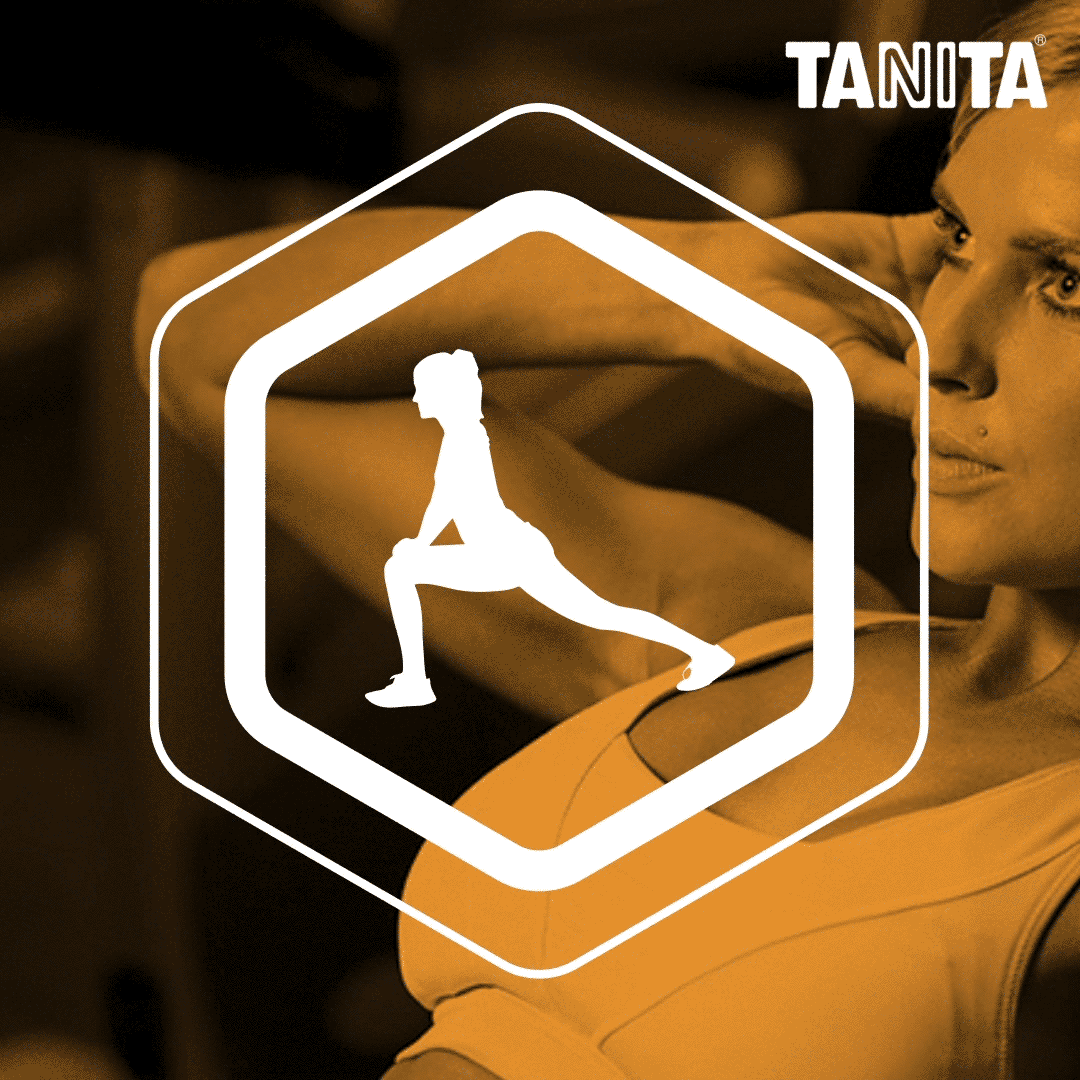Stretching


Stretching 🧘
Say Goodbye To Tight Muscles.
Sore back. Tight shoulders. Tech neck.
These are pretty common “afflictions” these days, and they’ve come about as a result of our increased inactivity over time. Let’s be honest - we spend way too much time sitting around.
Between hunching over a computer screen all day, sitting through too many meetings and lazing in front of the TV at night (not to mention hours of sitting in a car or train each week), our bodies aren’t moving nearly as much as they’re supposed to.
As a result, many of us have a tightness or soreness in some part of our body that we’re dealing with on a daily basis, but luckily, there’s a simple solution to many of these problems: stretching.
Benefits
Stretching sounds stupidly simple, but it’s a powerful tool for loosening up your body and offers a range of overall benefits, especially if you make it a habit.

Increase Flexibility & Strength
By purposefully stretching particular muscle groups, you’re helping these muscles stay long and lean. If we didn’t move or use our muscles at all, it would lead to atrophy and they’d become unusable. The longer the muscle, the more flexible it becomes over time.
Yoga is built around this concept. It involves a series of different moves or poses that focus on stretching and improving the flexibility of a range of muscles and muscle groups. In recent years, many athletes have actually added yoga into their exercise routines as the benefits of stretching grow increasingly more obvious and effective.
Release Aches & Pains
This one’s obvious - stretching is a great way to release muscle aches and pains throughout your body.
These aches and pains occur as our muscles tighten, restricting the range of movement necessary for us to use them properly. Considering our muscles basically hold up our skeleton, loosening these tight muscles can actually improve your posture over time too.

Prevent Injury
How many times have you thrown yourself into a workout, only to find yourself incredibly sore the next day (or days…)?
Stretching before a workout warms up your muscles before you even start moving or lifting, which reduces the chance of injury - that’s why it’s called a warm up routine.
Be sure to chat to a personal trainer, coach or fitness professional to determine suitable warm up stretches for you and your body that will help you prevent injuries.
Speed Up Recovery
Our muscles are often tight and sore after exercising, so this is a great time to stretch out your muscles and loosen them up before finishing your workout altogether. As you need to slow down to do this, you can use it as your “cool down” routine post-workout, allowing your heart rate to slow down at the same time. Once again, speak with a fitness professional to see what’s right for you.
A speedy recovery means less down-time when it comes to exercising, and that means you’re able to stay on track with reaching your fitness goals. Keep on top of your progress over time with Tanita so you can measure how your increased recovery time is affecting your results.
Make It A Habit
Everyone could benefit from adding stretching as a daily routine.
If you’ve got a job that requires you to be inactive for a large chunk of your day (as most office or admin jobs tend to be), then regular stretching is something you should try to keep your muscles moving.
On the other hand, if you’re someone that has a very active job (such as labourers) or exercises often then you’re likely prone to sore muscles already, so stretching to release these aches and pains is a no-brainer.
When Should I Stretch?
There’s no one-size-fits-all answer to this because everyone’s routine is different.
Try to aim for 5-10 minutes each day. There’s no need to overdo it, and spending too much time stretching can actually damage your muscles, so keep it short and go slow.
Morning
Stretching each morning allows you to loosen up your muscles after a night of sleep. Depending on your mattress and sleep quality, you might tend to wake up feeling pretty sore, which isn’t a great way to start the day.
Even if you’ve woken up feeling great, you still haven’t moved much for the last 6-8 hours, so it’s a good time to warm up your muscles for the day ahead.
Afternoon
If you’re someone that gets home after work feeling pretty sore, then stretching in the afternoon or evening is the best routine to have. It also means that you’ll likely be heading to bed feeling a bit more relaxed and loose, reducing the chances of you waking up the next day feeling sore.

Conclusion
Stretching is a powerful tool worth adding to your daily routine, and if you’re someone who’s constantly battling sore muscles, it’s exactly what you need. If you’d like to dive into the research and studies of the benefits of stretching, check out this commentary. If you’re interested in reading more about health and fitness topics, tips and tricks, check out our recent lifestyle blogs at Tanita.
